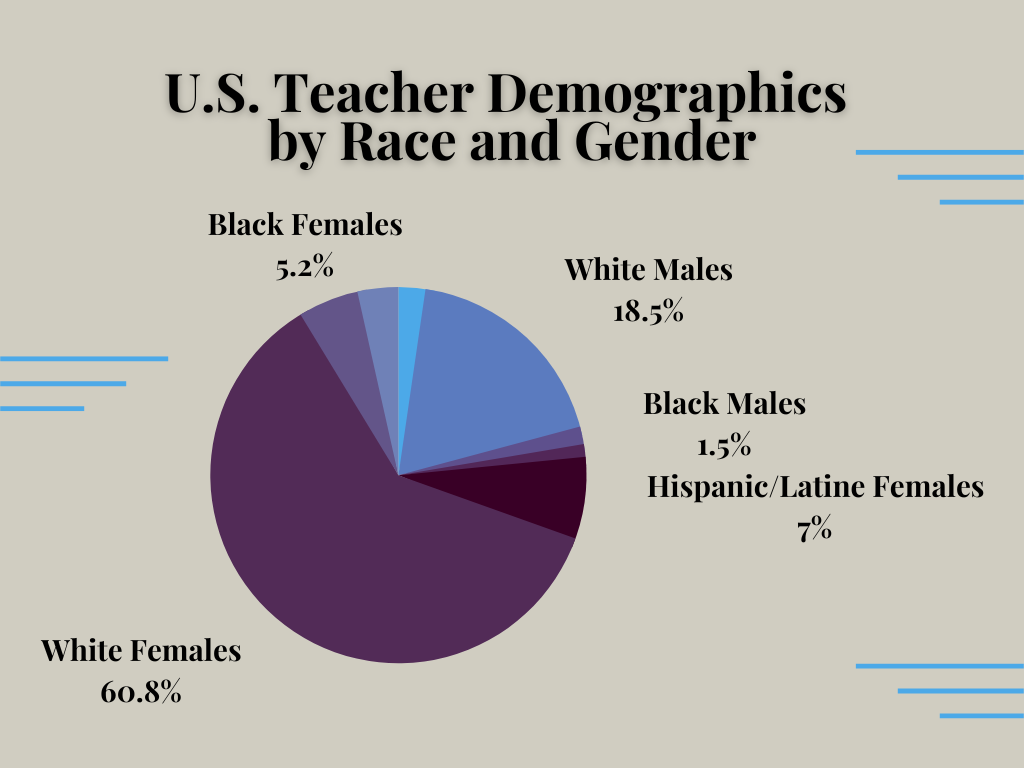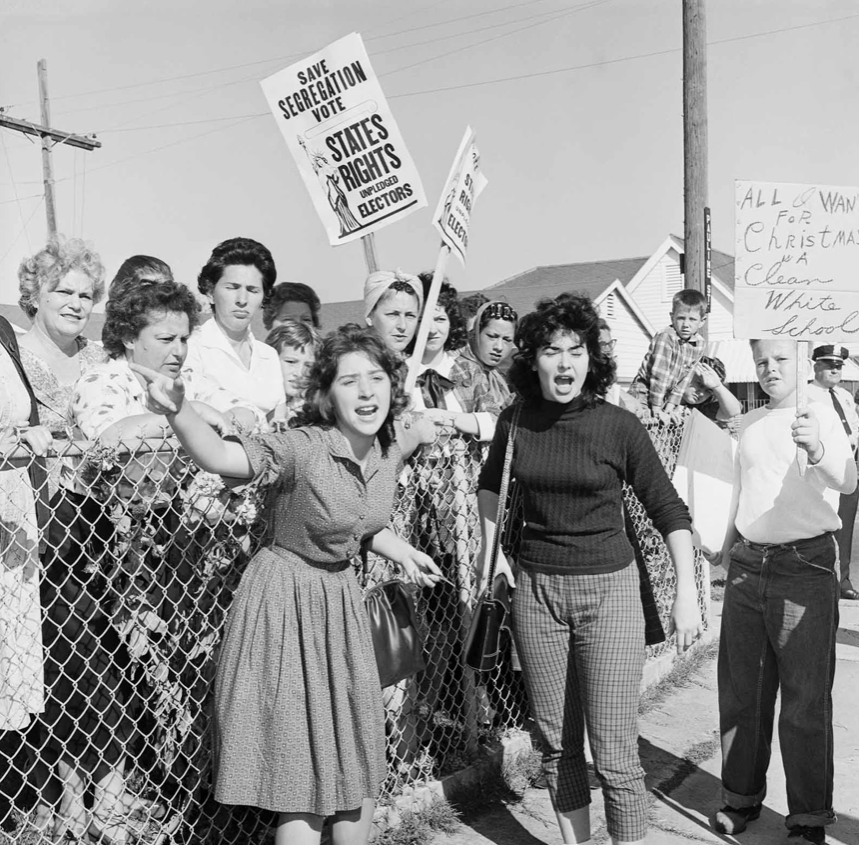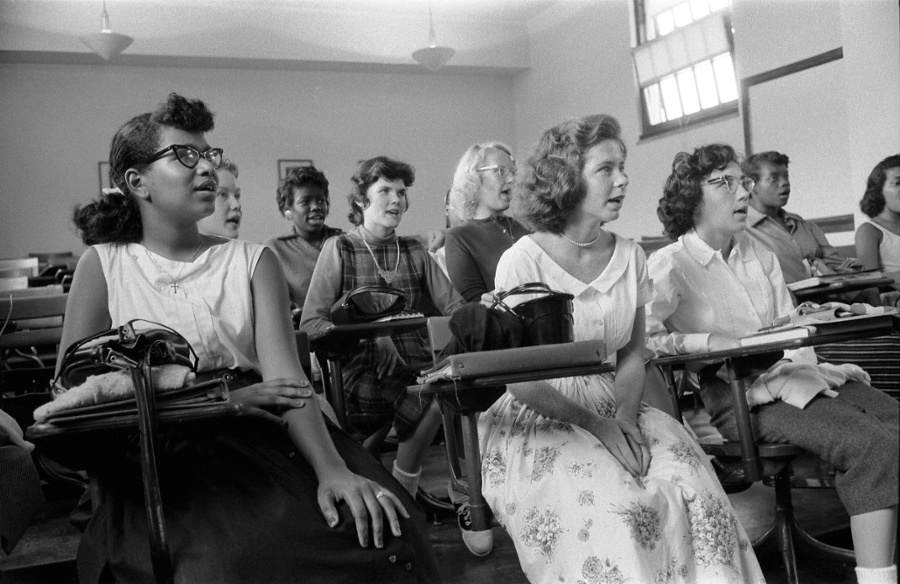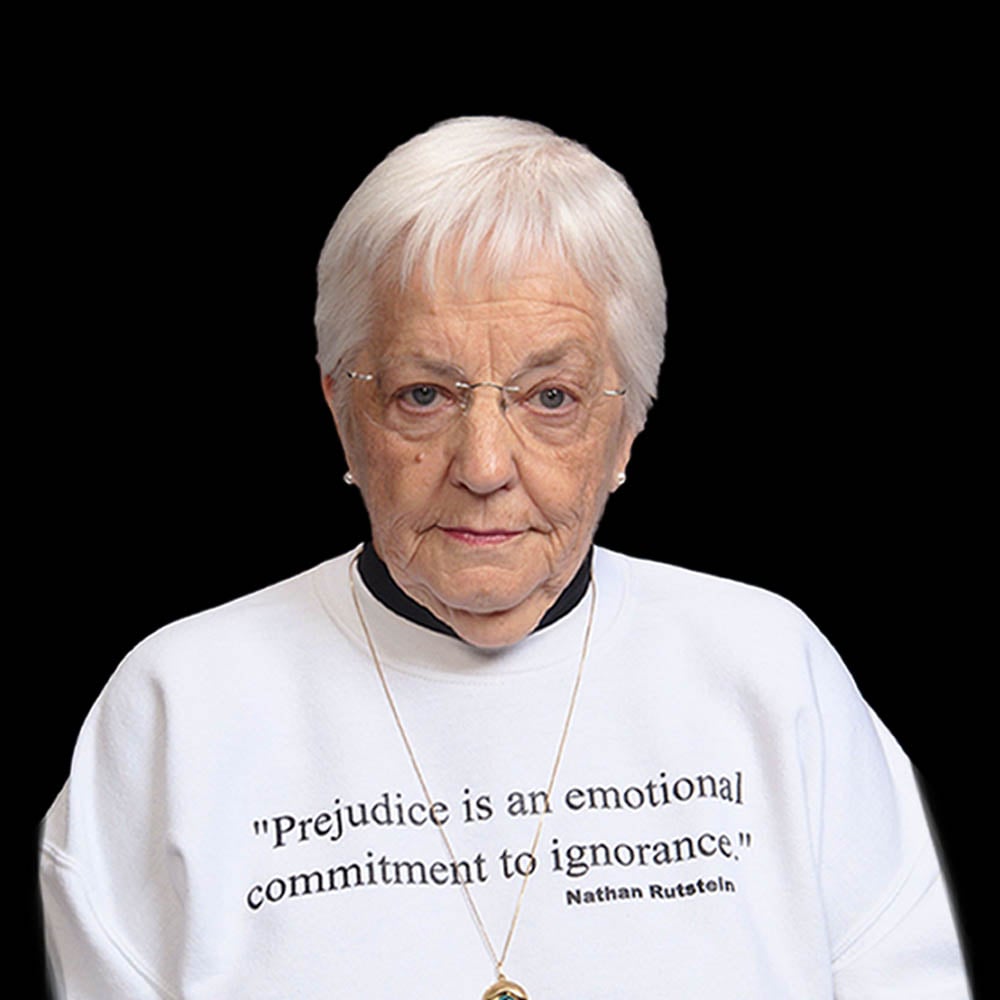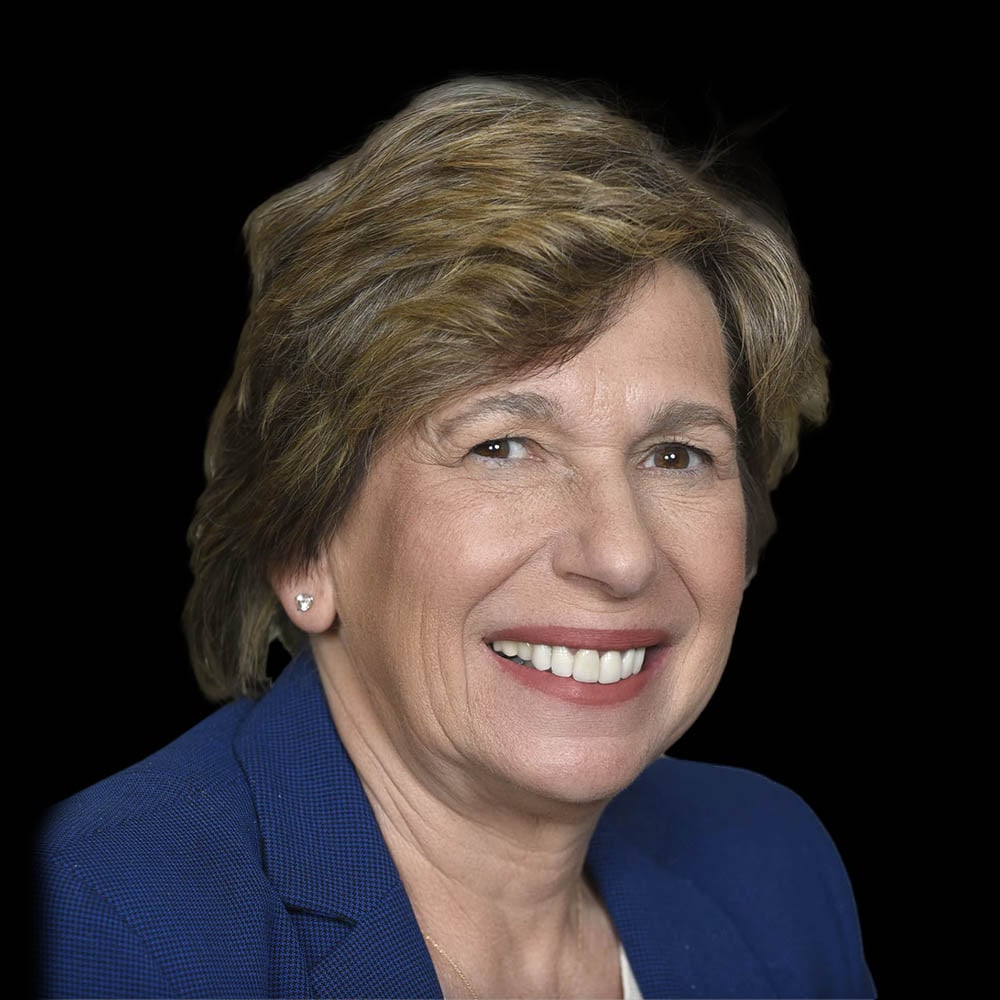Jane Crow:
Then and Now
When discussing the history of segregation, powerful white men easily leap to mind. But the history of Jane Crow—the white women supporting white over Black—unearths the poisonous roots behind today’s educational battles.
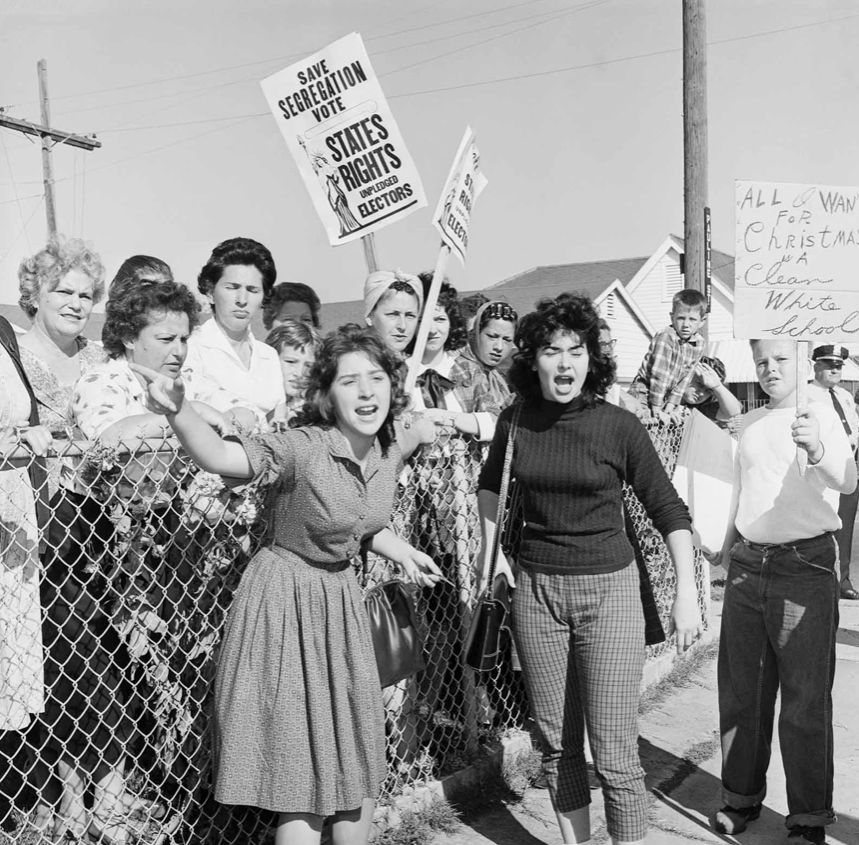

White women’s support for white supremacy extends farther in time—both backwards and forwards—than many realize. It also has never been confined to the South. Adults rarely discuss the prevalence of Jane Crow culture in schools, but students and teachers of color are routinely oppressed by it. From school board battles to the school-to-prison pipeline, Jane Crow education remains a barrier to education justice.
Even while this project traces the story of Jane Crow education, we want to remember the allies in history: the white women accomplices who challenged the system and worked to provide just education for Black and Brown young people, sometimes at great personal cost.
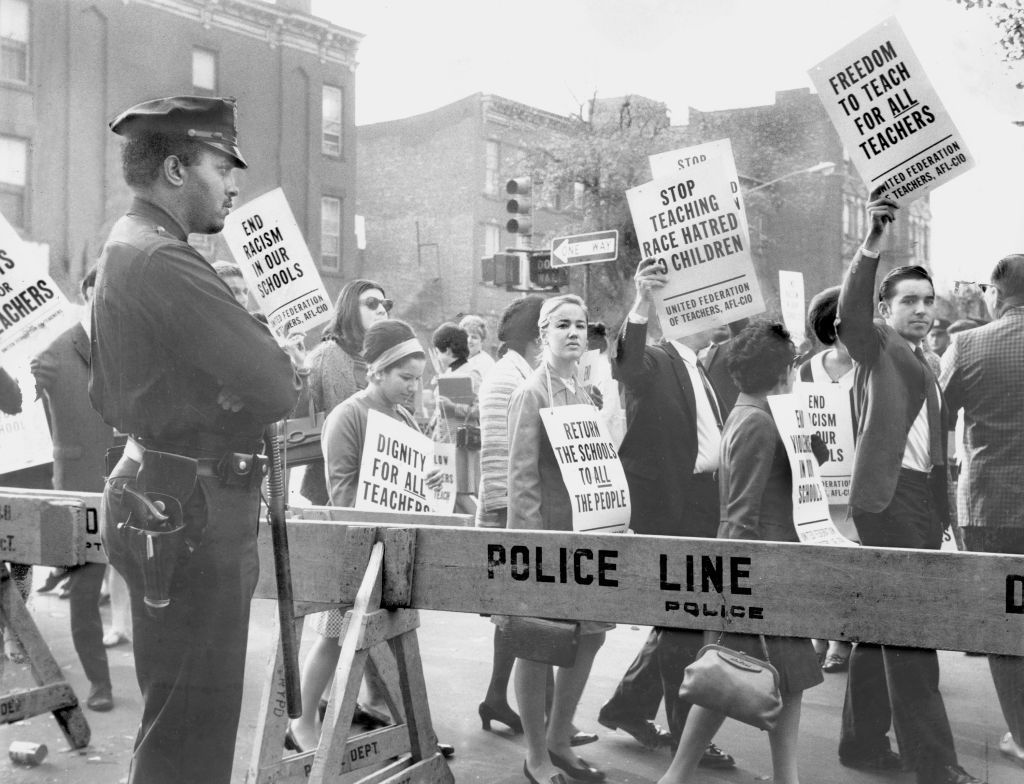
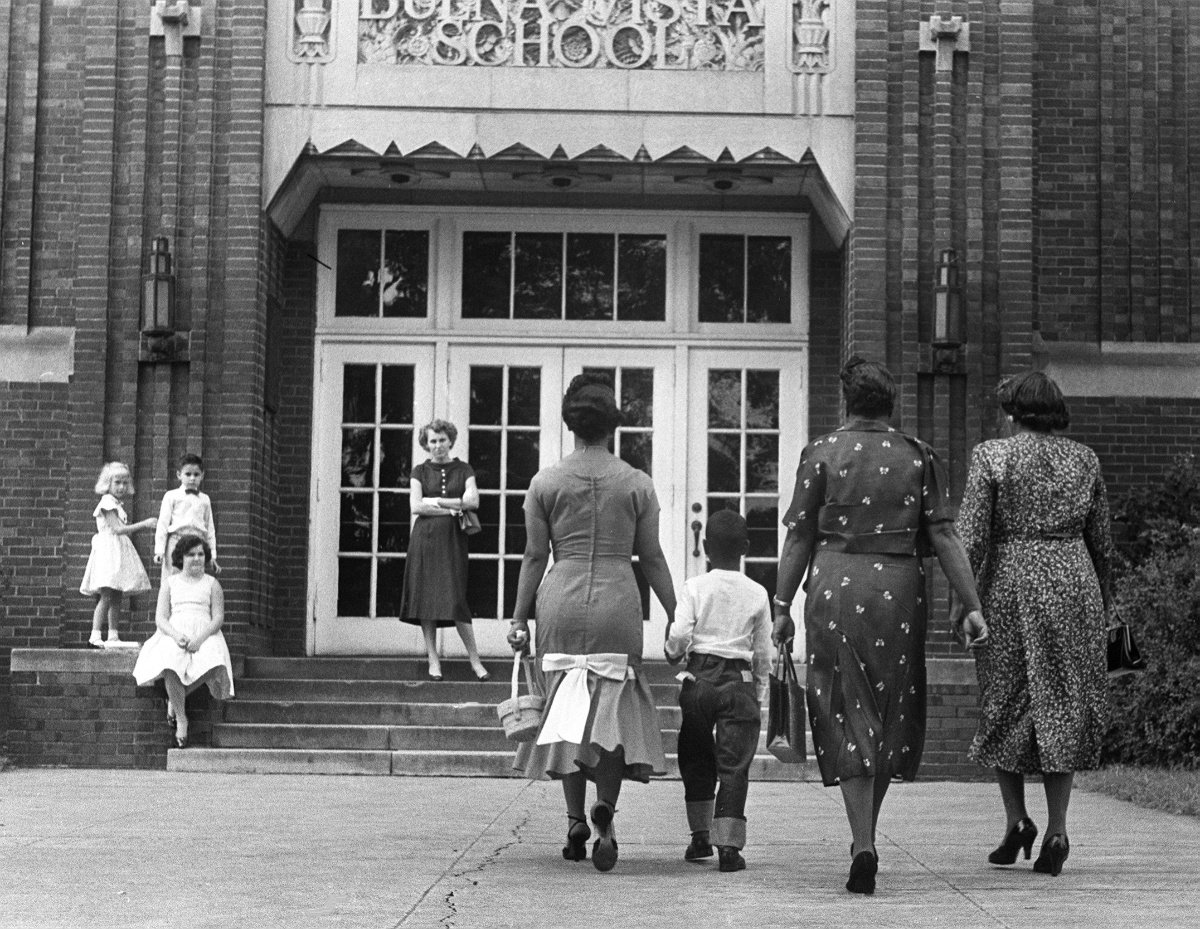
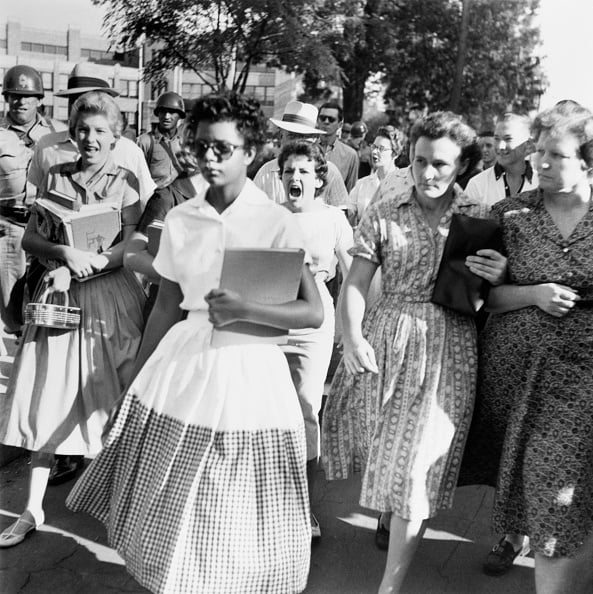

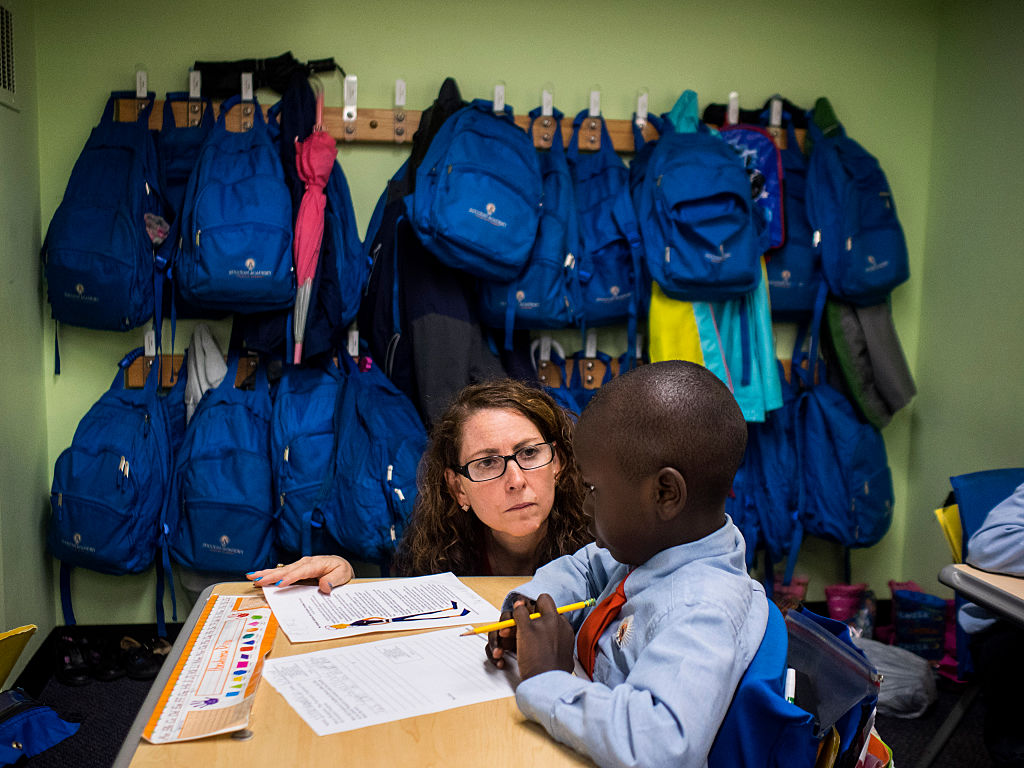
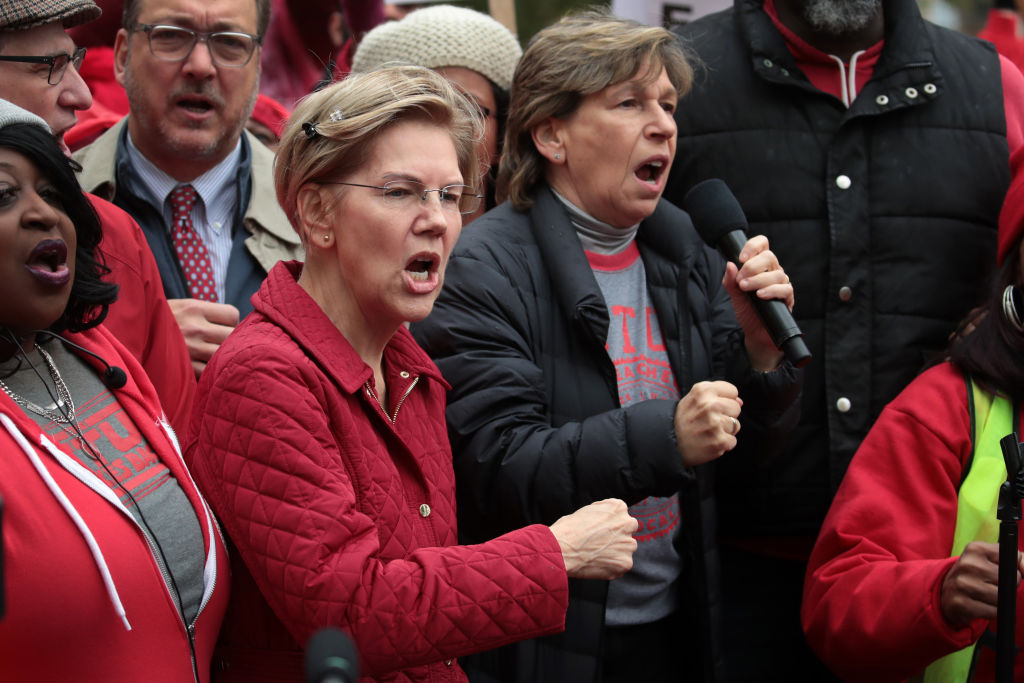
Featured
The Roots of Moms for Liberty Run Deeper Than They Think
While many scholars and journalists have focused on progressive feminism as a central, women-driven political movement, a smaller group of historians note that conservative women have succeeded for more than half a century by wielding their identities to push a very different agenda.
By Rebecca Klein
Read More![]()
More
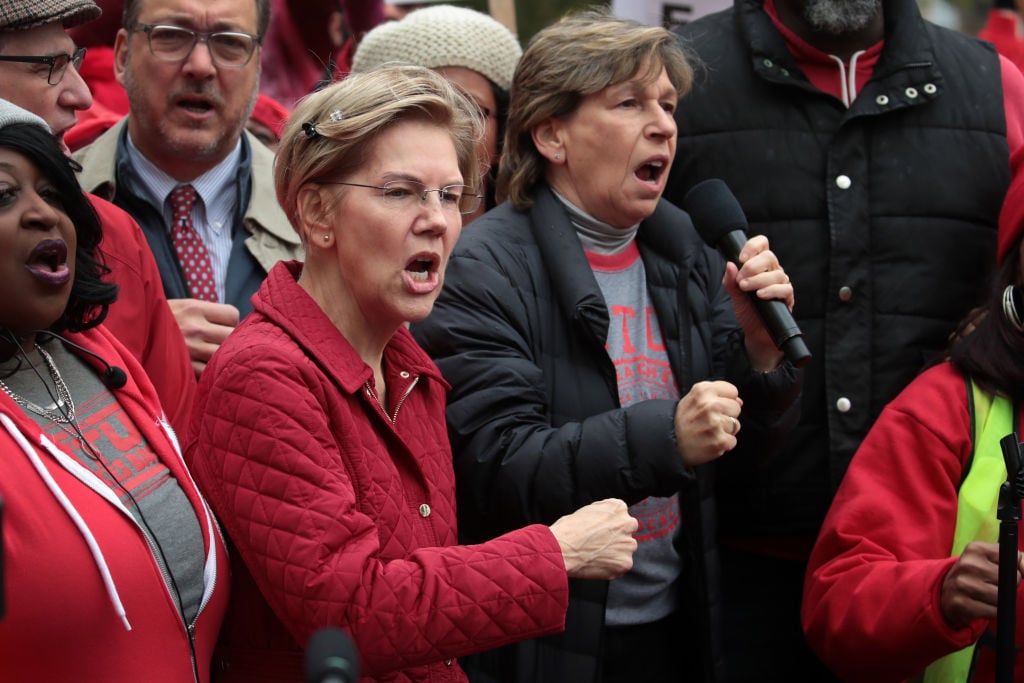
Teachers Union Leader Randi Weingarten on the New Jane Crow
By Randi Weingarten
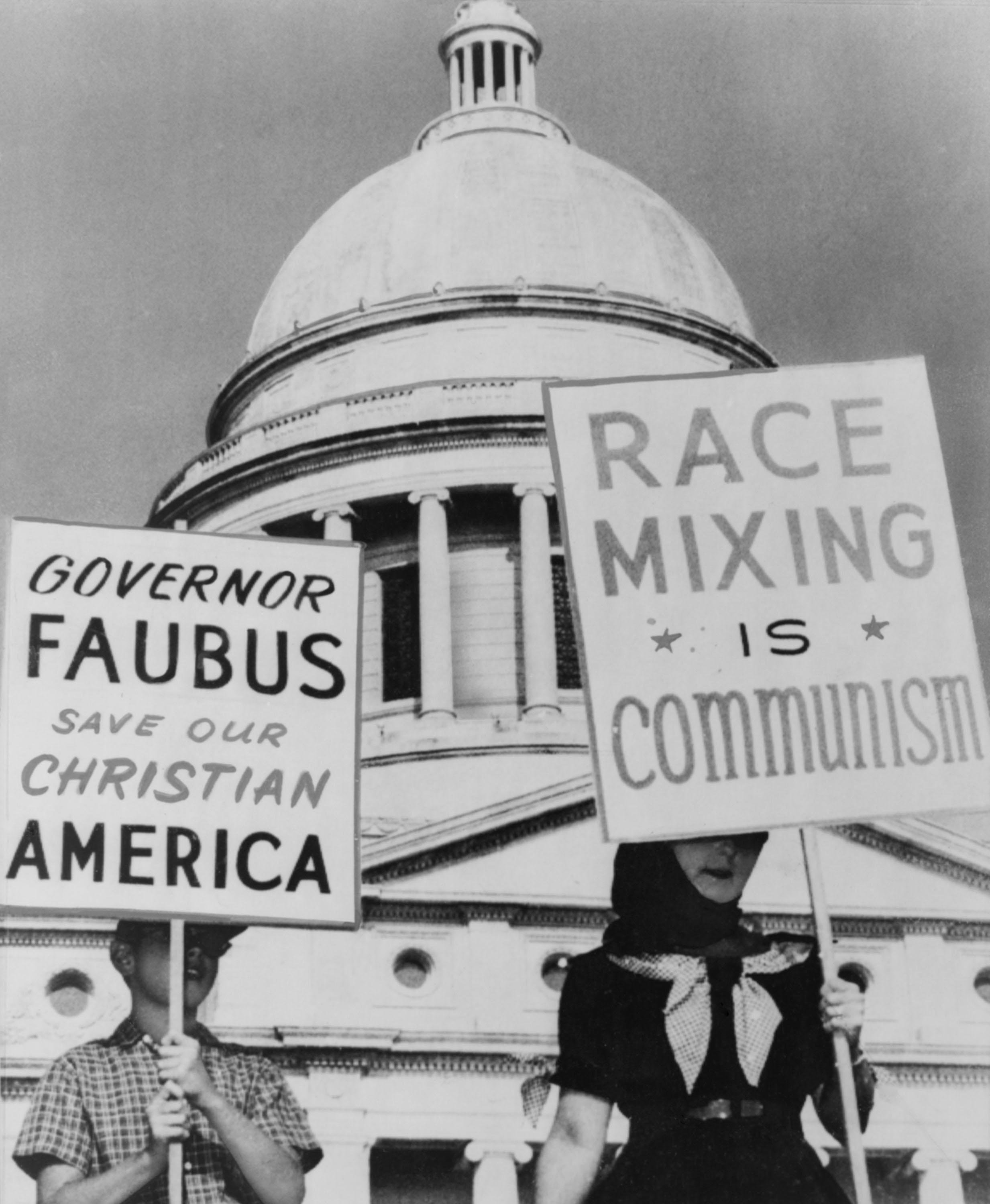
White Moms and the Paucity of Moral Imagination
By Courtney Martin
Then and Now
A photo gallery of key dates & events of how white women have shaped the culture of schools.
Click on the image to learn more.
Dame Schools
Horace Mann Founds Normal Schools to Train Women
Women Enroll at Framingham Normal School
Catharine Beecher Founds National Board of Popular Education
Reconstruction Opens Opportunities for Black Women
The Port Royal Experiment
National Teachers Association Allows Women to Join
Three-Quarters of U.S. Teachers Are Women
Brown v. Board of Education
Ocean-Hill Brownsville Teachers’ Strike
23,000 New Principal and Teacher Jobs in the Southeast
Women High School Teachers Outnumber Men
Women Reach Parity With Men in Principalships
Essays
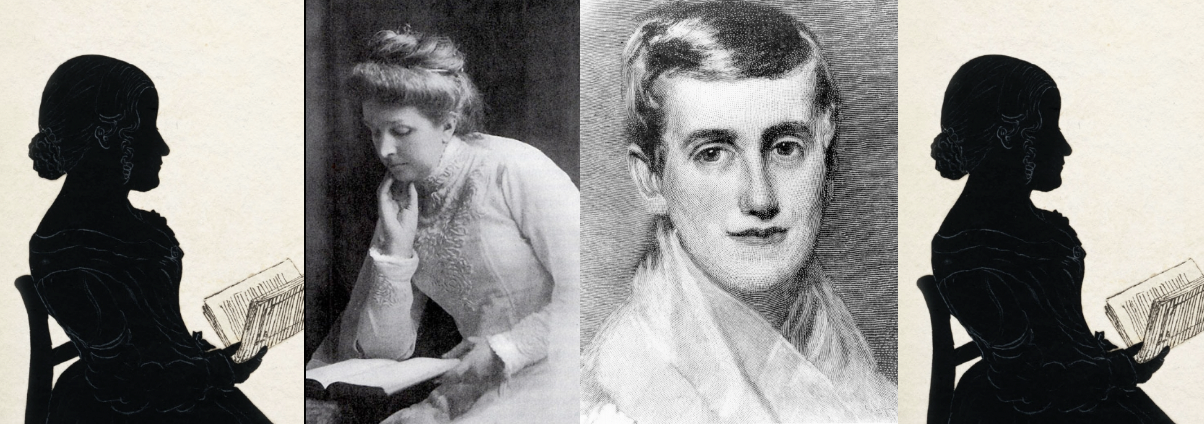
Gallery of
Accomplices
U.S. Teacher Demographics By Race and Gender
According to the most recent available data, 61% of all U.S. public school teachers are white women. This data includes teachers in charter schools, who tend to be more diverse than teachers in traditional public schools. (Source: National Center for Education Statistics.)








-1.png)
2020 Voter Demographics by Race and Gender
In 2020, slightly more white women than men voted. White women were the largest voting demographic, at 37% of total voters. Together, white women and men comprised 72% of voters. (Source: Pew Research Center)







.png)
U.S. Education Reporters by Race
Although it’s difficult to collect demographic data about education reporters, both The Grade and the Education Writers Association have surveyed the field. In 2016, the association reported, “Compared to the overall pool of full-time journalists, education journalists are twice as likely to be female,” at 71%. In 2022, white women continue to dominate the field, though the most recent EWA survey did not report data by gender.




.png)
More Data Facts
By the Numbers
A deeper look at white women and their representation in schools, as voters and education reporters.

U.S. Teacher Demographics by Race and Gender

Data chart #2 goes here

Data chart #3 goes here
